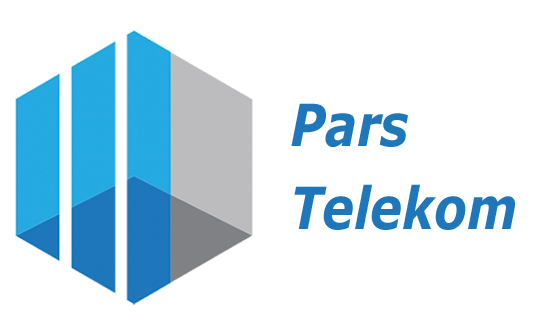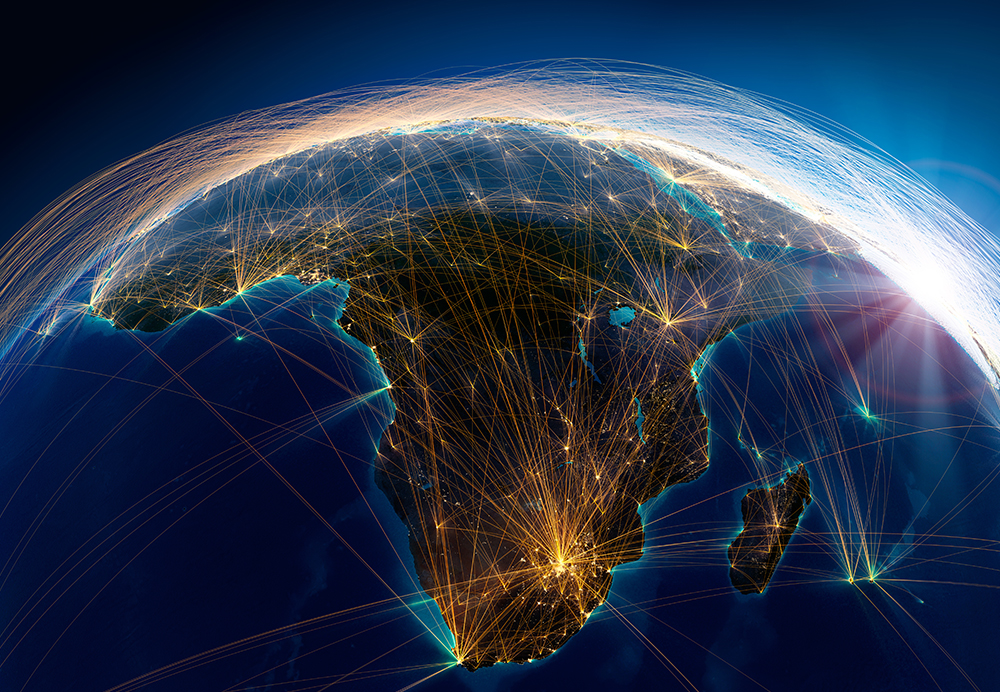A big connectivity project is on the way to the African continent. The 16 African countries announced so far will be connected to the rest of the world with cables that will be placed under the sea. The name of the project is 2Africa, and the project owners are the consortium of China Mobile International, Facebook, MTN GlobalConnect, Orange, STC, Telecom Egypt, Vodafone, and WIOCC.
When this project is over, 2Africa will be the longest cable line in the world, with a length of 37,000 km. It will connect 23 African countries, Middle East countries, and Europe.
”2Africa will deliver much-needed internet capacity and reliability across large parts of Africa, supplement the fast-growing capacity demand in the Middle East and underpin the further growth of 4G, 5G and fixed broadband access for hundreds of millions of people”

2 What is the importance of the Africa project?
2Africa project is very important for increasing the continent’s internet access and capacity. According to We Are Social and Hootsuite data currently, 59% of the world’s population has access to the Internet. But when we look specifically at the African continent, access in many countries is far below this rate. In fact, South Africa is the only region where internet access exceeds the world average.
Although there has been an increase in internet access across the continent in recent years, a huge leap was needed for numbers to approach the world. For this reason, the 2Africa project will accelerate the internet access of the African continent.
When we look at the internet speed, we see that the world average is 32.01 Mbps. When we consider the contribution of the project to internet speed, we can easily see that African and Middle Eastern countries can have high-speed internet above the world average.

What is the technical infrastructure of the project?
2Africa project has 180Tbps design capacity and will be made by Alcatel Submarine Networks (ASN). There will be a new technology that will be used in the project, SDM1 from ASN, it will allow the deployment of up to 16 fiber pairs instead of the eight fiber pairs supported by older technologies. Also, 50% cable burial depth is increased compared to old systems.




